Midjourney the Future of Architecture
Is Midjourney the future of Architecture ... or some form of AI?
Midjourney AI rendering of images can revolutionize the field of architecture in several ways in the future. Here's how:
1. Visualization of Concepts:
Midjourney AI rendering can help architects bring their ideas to life in a more realistic and immersive manner. It allows architects to visualize their concepts and designs in high-quality, detailed images before they are actually constructed. This visualization can aid in making crucial design decisions and modifications.
2. Real-Time Design Changes:
Architects can experiment with various design elements in real-time. AI-powered rendering can quickly process these changes, providing architects with immediate feedback. This iterative process can significantly speed up the design phase, allowing for more creativity and experimentation.
3. Client Engagement:
High-quality and realistic visualizations enhance client engagement. Clients can better understand and appreciate architectural designs when they are presented with lifelike images and walkthroughs. This can lead to better communication between architects and clients, ensuring that the final construction aligns with the client's vision.
4. Cost and Time Efficiency:
AI rendering can optimize resources by simulating different lighting conditions, materials, and architectural elements virtually. This can lead to more energy-efficient designs and help in choosing cost-effective materials. Additionally, by reducing the need for physical prototypes, it can save both time and money in the architectural process.
5. Urban Planning and Environmental Impact:
In urban planning, AI rendering can simulate the impact of new architectural developments on the environment. It can model factors like sunlight, wind flow, and energy usage. This data can be invaluable for creating sustainable and eco-friendly designs, aligning with the growing focus on green architecture.
6. Collaborative Design:
AI rendering can facilitate collaborative design efforts. Architects from different parts of the world can work on the same project in real-time, visualizing and modifying the design collectively. This global collaboration can lead to innovative and culturally diverse architectural solutions.
7. Historical Reconstructions:
In architectural preservation and historical reconstructions, AI rendering can reconstruct ancient or damaged structures virtually. This technology can aid architects and archaeologists in studying historical buildings, ensuring their accurate restoration, and preserving cultural heritage.
8. Education and Training:
AI-rendered architectural models can enhance education and training. Students can interact with lifelike 3D models, understanding complex architectural concepts better. This can lead to a more skilled workforce well-versed in the latest technologies and design trends.
In summary, Midjourney AI rendering of images in architecture holds the potential to transform the industry by improving visualization, efficiency, collaboration, and sustainability. As the technology continues to advance, architects will have powerful tools at their disposal to create innovative, functional, and aesthetically pleasing designs, shaping the cities and buildings of the future.
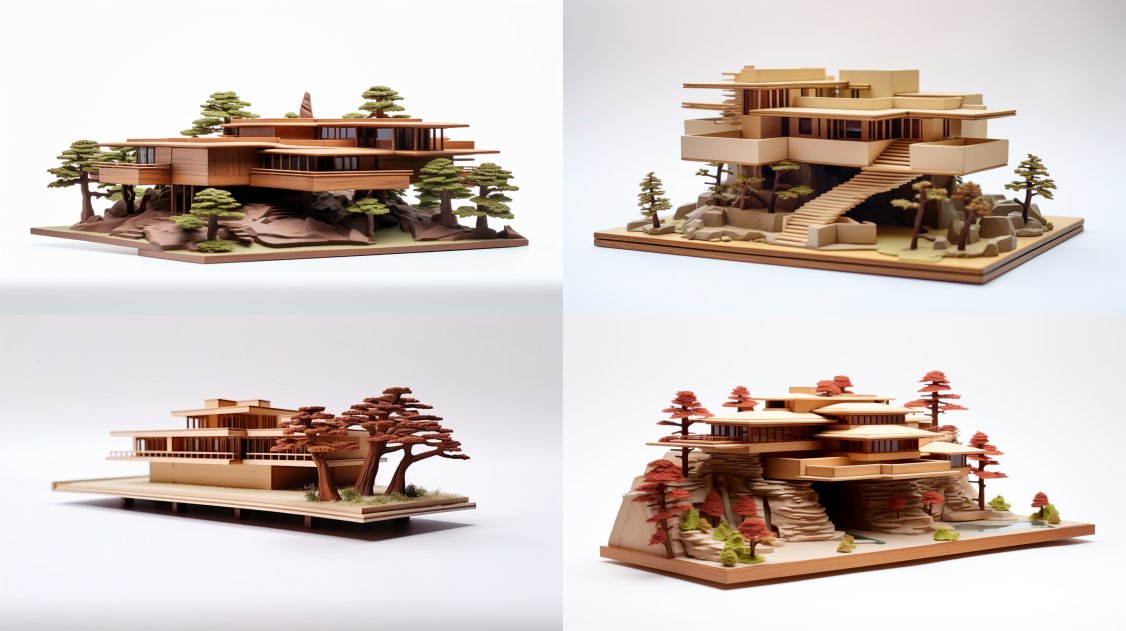
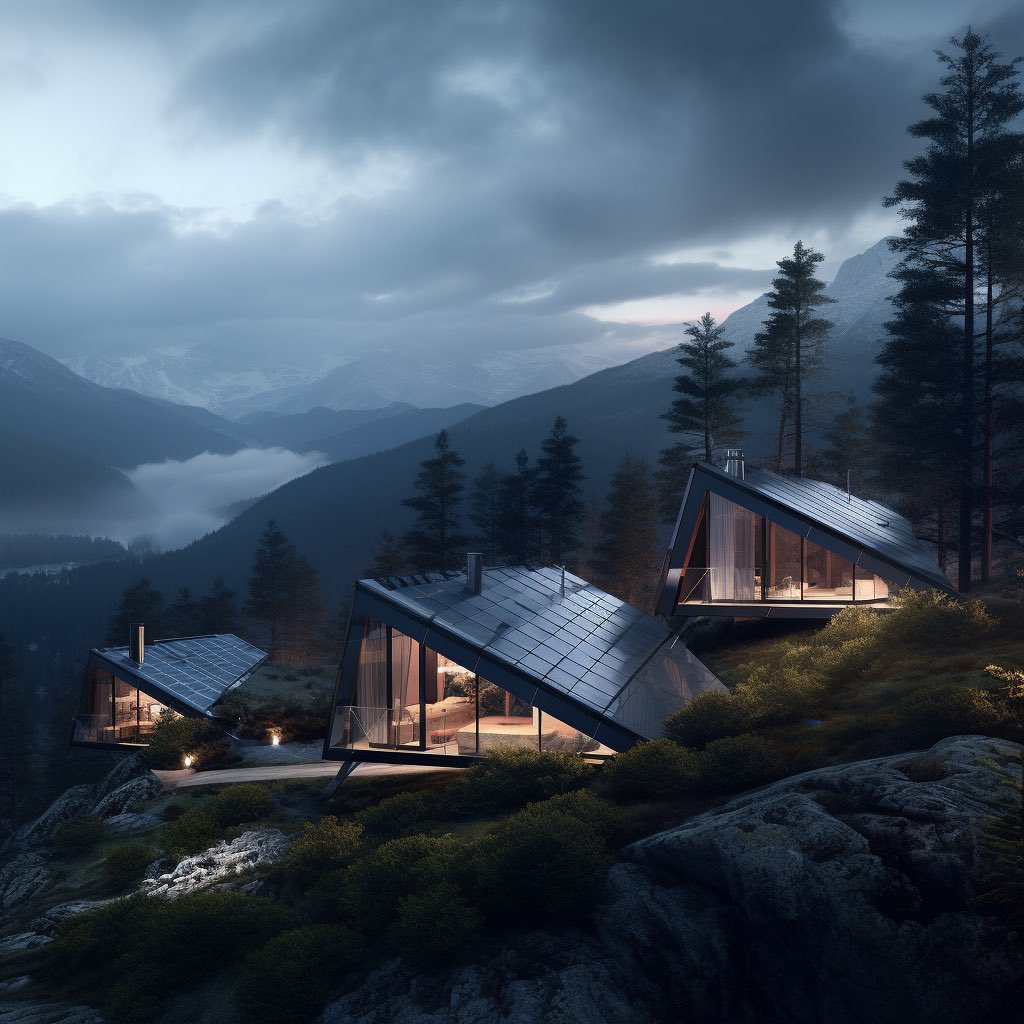
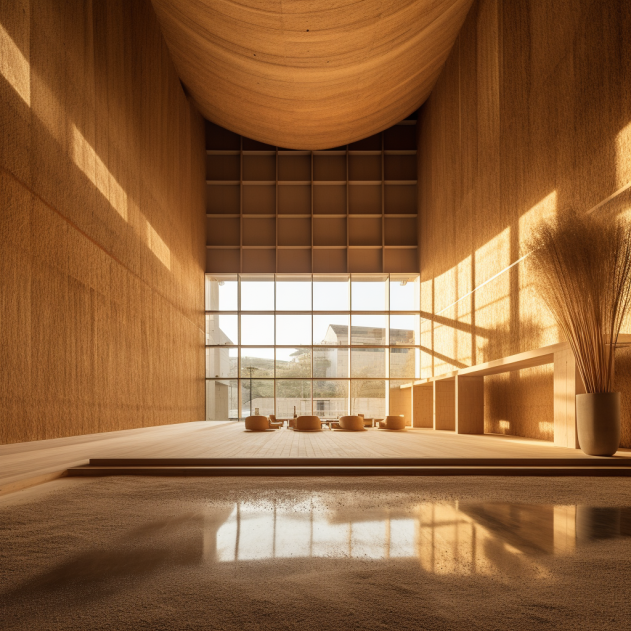
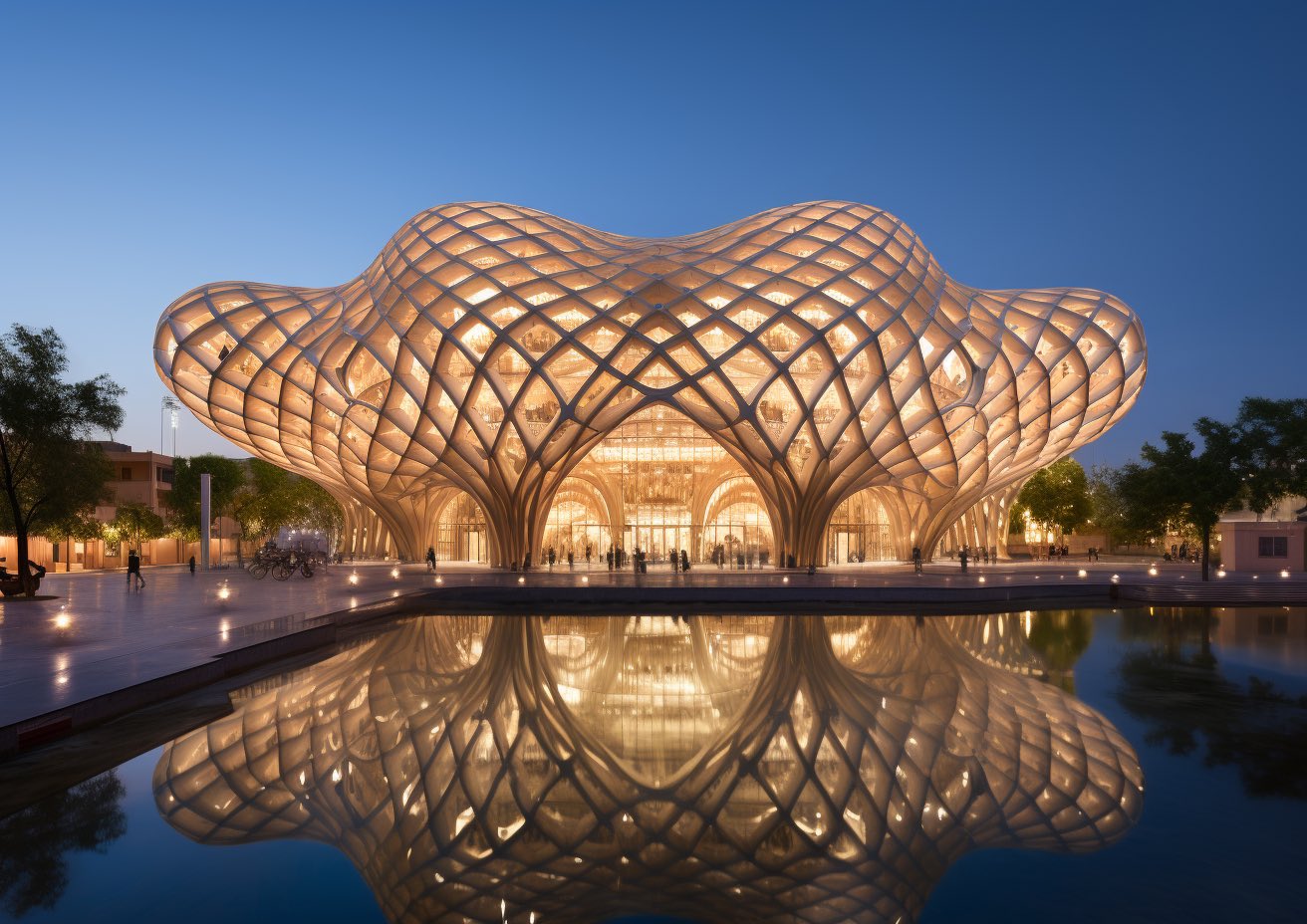
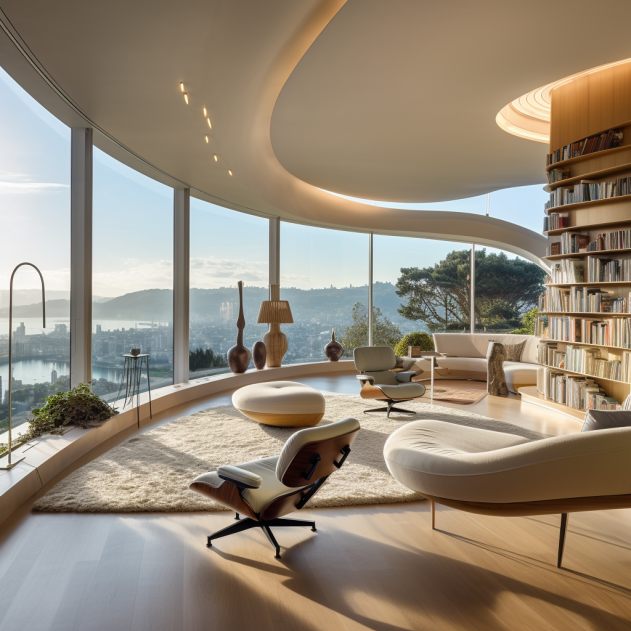
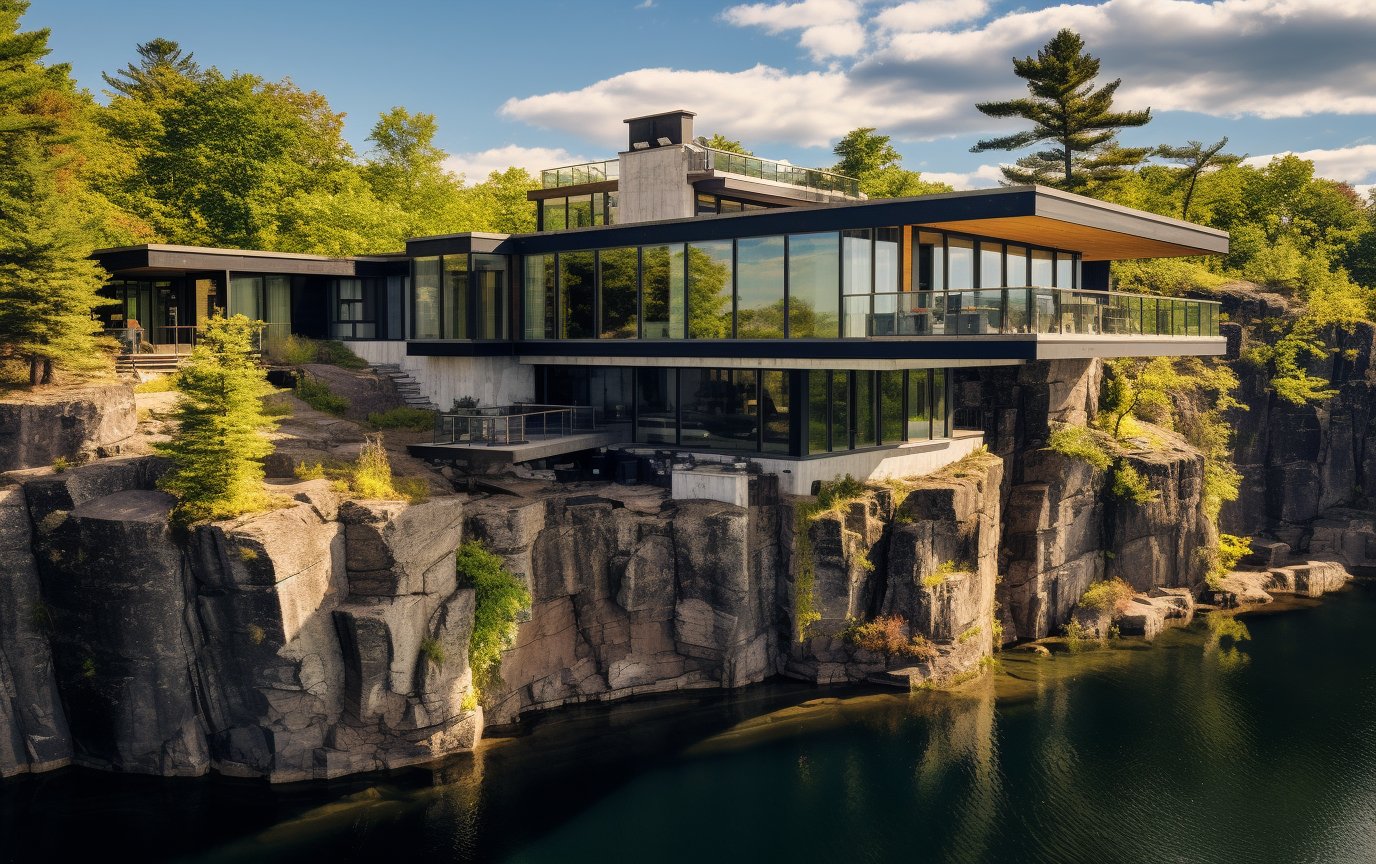


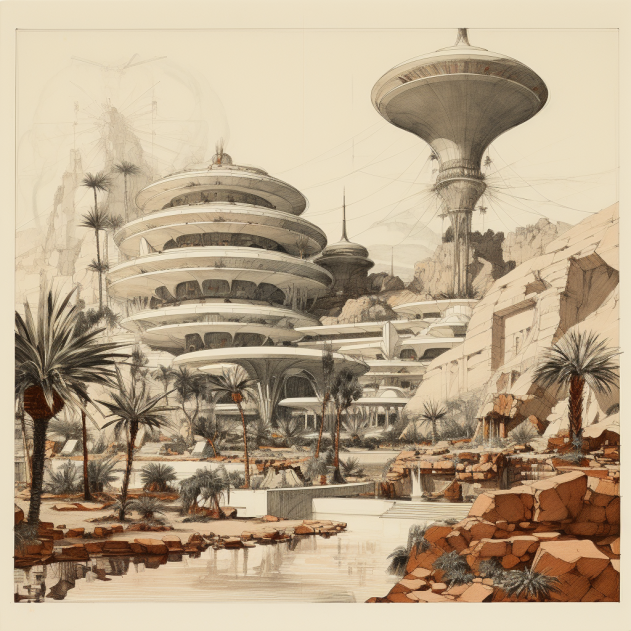



Keep writing please.
ReplyDeleteI appreciate you providing this fantastic blog. Exploring AI art? If you're signing up for Midjourney, make sure to check for a Midjourney Promo Code before subscribing. I found one and got a nice discount on my first month—perfect for trying out powerful image generation tools without paying full price. Totally worth it if you're into digital creativity!
ReplyDelete“This article offers a thoughtful look at how architectural design shapes our environment. I appreciate the focus on blending aesthetics with functionality—truly inspiring examples throughout.”Read more info about Architect Fort Lauderdale
ReplyDelete